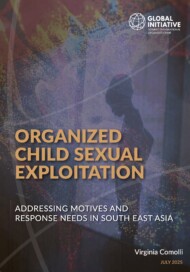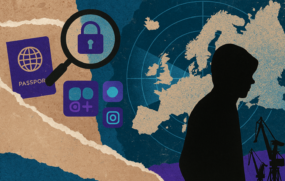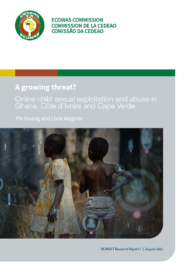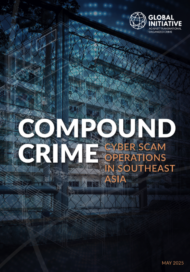Posted on 03 Jul 2025
Child sexual exploitation and abuse (CSEA) and online CSEA (OCSEA) lurk in some of the darkest corners of the criminal universe. Trends in South East Asia suggest that, besides gratification-driven individual offenders, an ever-growing number of organized criminals are sexually exploiting children for profit. Offences have become increasingly organized and sophisticated, particularly in relation to the production and dissemination of child sexual abuse material (CSAM). Organized criminal groups are increasingly involved, motivated by financial gain.
Since the early 2000s CSEA has undergone a significant transformation, largely driven by increased digital connectivity and technological advances such as encrypted communications, anonymous payment systems and cryptocurrencies. Crackdowns in the physical realm and in certain countries have led to displacement to other regions and platforms, with further displacement likely to occur. Livestreaming of child sexual abuse, sextortion, and the sale of CSAM now operate through cross-border chains that link facilitators, recruiters, and payment handlers. The shift towards more sophisticated, networked, and organized forms of exploitation underscores the need for an organized crime framework that emphasizes perpetrator identification and the dismantling of networks.
The brief shows that the most organized forms of CSEA are linked to the production and distribution of CSAM. Extreme poverty in target countries, increasing availability of high-speed internet and a large overseas customer base have provided new opportunities for organized crime groups to exploit children for financial gain. The emergence of cryptocurrencies, including privacy coins such as Monero, allows criminals to collect payments virtually untraceably, while token economies and forums reward users who upload new abuse material. Operations such as Endeavour, Stream and Narsil demonstrate how coordinated investigations can trace digital footprints, identify facilitators and rescue victims across multiple jurisdictions.
These developments call for changing the focus from victim identification to offender identification, combining financial crime tools with existing victim-centred approaches, and placing greater onus on public–private partnerships, innovation and collaboration across crime-fighting areas. Dedicated cybercrime units, international databases and anti-money-laundering teams can converge to follow the money, disrupt revenue streams and dismantle networks. Industry champions, financial service providers and tech companies already supply hash filtering, blocklists and specialized training; aligning these assets within an organized crime approach would help protect a larger number of potential future victims.
Regional actors have acknowledged OCSEA as a priority, yet legislation, reporting protocols and investigative capacity remain uneven. The brief urges harmonized laws, cross-border information sharing and tailored money-laundering indicators to close gaps that criminals exploit. By observing innovations such as Canada’s Project Shadow and adapting them to local contexts, stakeholders across South East Asia can ensure that every technological advantage criminals have is met by equally advanced legal, technical and financial countermeasures.




